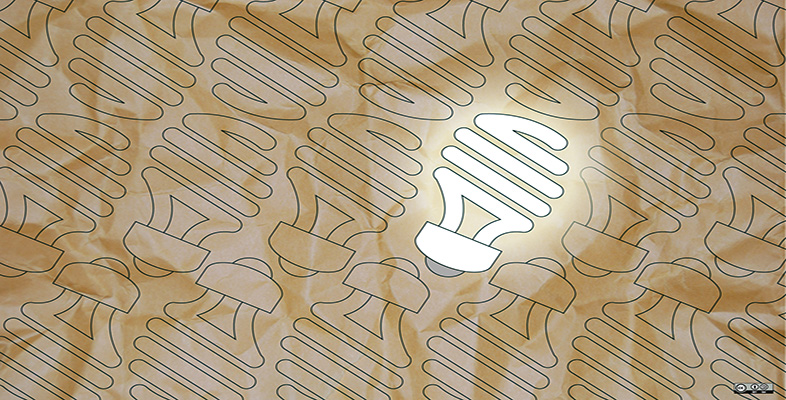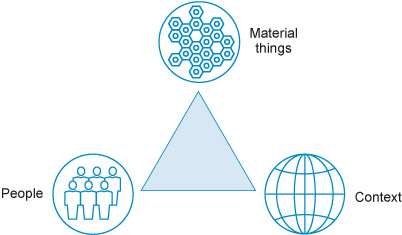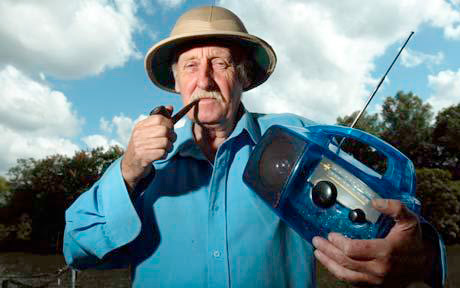1.3 Sources of innovation
There are many sources of innovation. New ideas often arise as a result of the introduction of new technologies. For example, the introduction of the microchip made the pocket calculator possible, as well as countless other innovations. New technologies are the harder, often physical, sources of innovations which, in this course, are referred to as ‘material things’. While these are important sources of innovation, so too are people and their needs. Also important are contextual factors such as new regulations and changes in markets and society in general. Innovation is a process in which these three sources interact.
Material Things
Material things provide a source of innovation that can take many forms and are developed in a variety of settings. Consider, for example, nylon. The discovery of nylon was a major accomplishment of organic chemistry in private industry-sponsored basic research. It was discovered in a laboratory, set up in 1927 by E. I. DuPont de Nemours which aimed to fill gaps in knowledge of chemical processes which might be of commercial value. DuPont was already in the textile business and the development of nylon involved determining whether commercial production was feasible and identifying practical commercial possibilities, which led to the company’s focus on hosiery (Ruttan, 2001). In contrast to this, consider the development of the ‘cat’s eyes’ by Percy Shaw. Percy was not a member of a big research team in a major laboratory. He was a road mender who was aware of the dangers of driving along unlit, and often fogbound, roads. One night in 1933 he was driving his car near his home in Yorkshire when his headlights were reflected in the eyes of a cat. This inspired him to develop the cat’s eye reflector, that when embedded at intervals in the centre of the road, reflected a vehicle’s headlights and made it easier to identify the course of the road, as illustrated in Figure 6. Shaw spent several years developing the concept and his eventual design consisted of pairs of glass beads embedded within a flexible rubber moulding fixed into the road surface. When vehicles drove over this, the rubber contracted, clearing away any dirt, making cat’s eyes self-cleaning.
People
Sometimes consideration of material things alone can lead to successful innovation. But this is rare, and developing products, services or systems based on new technologies is usually insufficient. There is a danger that focus on technology means that the requirements of the user are neglected. While new material things may create opportunities for innovation, these will only be successful if they meet or even create user needs. In other words, people are also an important source of innovation. For example, in the 1990s Trevor Baylis developed the wind-up radio after watching a television programme about the spread of AIDS in Africa (Baylis, 1999). It was predicted that the spread of the disease could be halted if people could be educated, but few of the African poor had access to televisions or radio, so public broadcasting was ineffectual. Part of the problem was power supply; few towns had electrical infrastructure in place, and batteries were prohibitively expensive. Instead Baylis adapted and improved existing clockwork technology to produce a radio that could be charged by hand, and was designed for the intended users. As this example shows, it is perfectly possible to have innovation without the development of new material things being the primary motivating factor. Something can be innovative if it originates from the needs of the people that use it. Considering the users in design and innovation is an important part of the process.
Whether innovation is driven by technological discovery or user needs is the subject of considerable debate. In some instances, such as the nylon example, innovation is clearly driven by new materials. In others, such as the wind-up radio, innovation is driven by user needs. However, in almost all instances, materials and people interact as sources of innovation. Even in the case of nylon, the choice of the market for launching nylon, hosiery, was because there was a demand and nylon offered an attractive alternative to expensive silk stockings.
Context
So far we have identified two major sources of innovation: material things and people. However, innovations are produced, consumed and used somewhere, i.e. in contexts, and this is the third and final source of innovation we consider in this course.
Contexts for innovation can take many forms. For example, there is the context of how and where products are used. In the example of the wind-up radio, the context of the AIDS epidemic in Africa was a big motivating factor in Baylis’ decision to develop the radio. Regional regulations can also have a huge impact on design and innovation. For example, regulations to cut pollutants from cars led to the development of catalytic converters and filters on vehicle exhaust systems; regulations on carbon dioxide emissions have led to major changes in car design and the development of technologies such as petrol–electric hybrid cars.
Changes in regulation are a two-edged sword – regulation both restricts certain activities, and can close avenues along which innovation may have been following, but it also opens new avenues along which change is mandated. Conversely, deregulation (the slackening of controls) may provide opportunities for innovation – for example the deregulation of telecommunications in the UK in the 1980s led to the development of a whole range of new products and services that had not been permitted by the old state-owned monopoly.
Context includes other important factors such as increasing global wealth, globalisation, improved communication enabled by information and communications technologies, and increasing availability of simulation and prototyping tools. Engaging with the world to create opportunities for innovation may mean that far more territory needs to be covered than before (Tidd and Bessant, 2009). This is further complicated by the internet-enabled reduction in separation between users and producers. Consequently consumers expect to be more involved in how innovations emerge, and community-based schemes such as crowdsourcing and crowdfunding are becoming commonplace.



